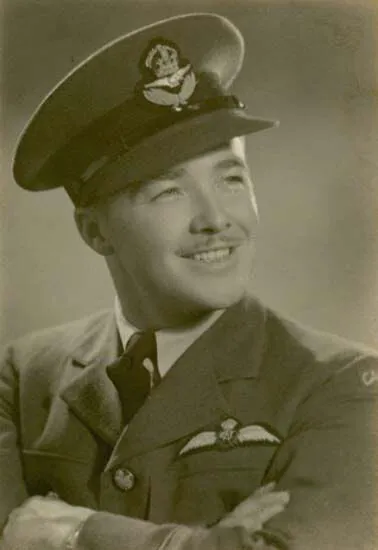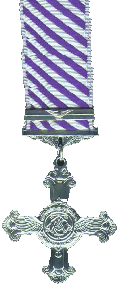Beirnes, Jack Rife (Squadron Leader)
Killed in Action 1945-June-01
Service
RCAF
Unit
438 Sqn- Squadron
Going Down
Base
RAF B.166 Flensburg, Germany
Rank
Squadron Leader
Position
Pilot
Service Numbers
C/13458
Home
Typhoon serial: SW393
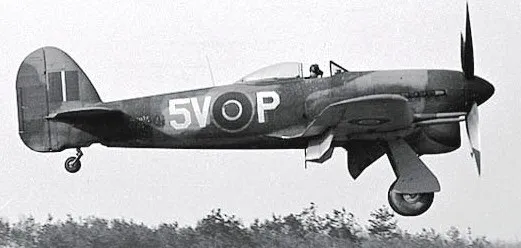
Hawker Typhoon Mk. IB (Serial No. RB402), coded 5V-P, of No. 439 Squadron, RCAF, landing at airfield B100, Goch, Germany, ca. 1944
The Hawker Typhoon (Tiffy in RAF slang) is a British single-seat fighter-bomber, produced by Hawker Aircraft. It was intended to be a medium-high altitude interceptor, as a replacement for the Hawker Hurricane but several design problems were encountered and it never completely satisfied this requirement.
The Typhoon was originally designed to mount twelve .303 inch (7.7 mm) Browning machine guns and be powered by the latest 2,000 hp engines. Its service introduction in mid-1941 was plagued with problems and for several months the aircraft faced a doubtful future. When the Luftwaffe brought the formidable Focke-Wulf Fw 190 into service in 1941, the Typhoon was the only RAF fighter capable of catching it at low altitudes; as a result it secured a new role as a low-altitude interceptor.
The Typhoon became established in roles such as night-time intruder and long-range fighter. From late 1942 the Typhoon was equipped with bombs and from late 1943 RP-3 rockets were added to its armoury. With those weapons and its four 20mm Hispano autocannons, the Typhoon became one of the Second World War's most successful ground-attack aircraft.
By 1943, the RAF needed a ground attack fighter more than a "pure" fighter and the Typhoon was suited to the role (and less-suited to the pure fighter role than competing aircraft such as the Spitfire Mk IX). The powerful engine allowed the aircraft to carry a load of up to two 1,000 pounds (450 kg) bombs, equal to the light bombers of only a few years earlier. The bomb-equipped aircraft were nicknamed "Bombphoons" and entered service with No. 181 Squadron, formed in September 1942. Wikipedia
Unit Desciption
438 Sqn Going Down ("Wild Cat")
History of the Squadron before and during World War II (Aircraft: Hurricane IV, Typhoon IB)
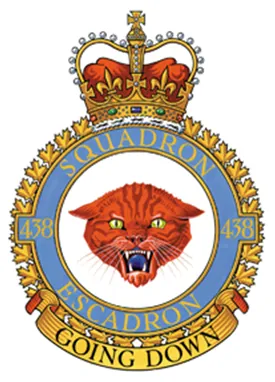
438 Squadron had its roots dating back to September 1934, when it was created in the auxiliaries in Montreal, Quebec as 18 (Bomber) Squadron, at the behest of local francophone World War I veterans and influential members of the local business community and was the first RCAF francophone squadron. Renumbered 118 Squadron on 15 November 1937, its reservists were activated for full time war service on 3 September 1939. The unit’s role changed to Coastal Artillery Co-operation on 28 October and it moved to St John, New Brunswick ![]() , where it was equipped with Armstrong Whitworth Atlas and Westland Lysander aircraft. 118 Squadron was re-designated a fighter unit on 8 August 1940 and was disbanded on 27 September 1940. The squadron was re-formed at Rockcliffe, Ontario
, where it was equipped with Armstrong Whitworth Atlas and Westland Lysander aircraft. 118 Squadron was re-designated a fighter unit on 8 August 1940 and was disbanded on 27 September 1940. The squadron was re-formed at Rockcliffe, Ontario ![]() in December 1940-January 1941 and was equipped with Grumman Goblin Aircraft. It moved to Dartmouth, Nova Scotia
in December 1940-January 1941 and was equipped with Grumman Goblin Aircraft. It moved to Dartmouth, Nova Scotia ![]() in July 1941. In November, it re-equipped with Curtiss Kittyhawk aircraft, and in June 1942 transferred to Annette Island, Alaska
in July 1941. In November, it re-equipped with Curtiss Kittyhawk aircraft, and in June 1942 transferred to Annette Island, Alaska ![]() , as part of the Canadian reinforcement of the US Army Air Force on the west coast. It was selected as one of the six home fighter squadrons to be sent overseas in October 1943.
, as part of the Canadian reinforcement of the US Army Air Force on the west coast. It was selected as one of the six home fighter squadrons to be sent overseas in October 1943.
It was the first of the six home squadrons to be transferred overseas without its aircraft, and was re-designated No. 438 (FB) Squadron RCAF at Digby, Lincolnshire, England ![]() on November 18, 1943. It flew Typhoon aircraft in the preparation for D-Day and afterwards gave close support to the ground troops by dive-bombing and strafing enemy strongpoints, bridges, and road and rail traffic. The squadron moved with the ground troops through France, the Low Countries, and Germany. It was disbanded at Flensburg, Germany
on November 18, 1943. It flew Typhoon aircraft in the preparation for D-Day and afterwards gave close support to the ground troops by dive-bombing and strafing enemy strongpoints, bridges, and road and rail traffic. The squadron moved with the ground troops through France, the Low Countries, and Germany. It was disbanded at Flensburg, Germany ![]() on August 23, 1945.
on August 23, 1945.
In the course of operations, the squadron flew 4022 sorties for the loss of 28 aircraft and 31 pilots, of whom 17 were killed, 5 missing, and 6 POWs. They dropped2070 tons of bombs and accounted for a large number of rail and road vehicles. The squadron amassed 5 DFCs. Battle Honours were: Fortress Europe 1944, France and Germany 1944-45, Normandy 1944, Arnhem, Rhine.Wikipedia, Kostenuk and Griffin
Maps for Movements of 438 Squadron 1943-45
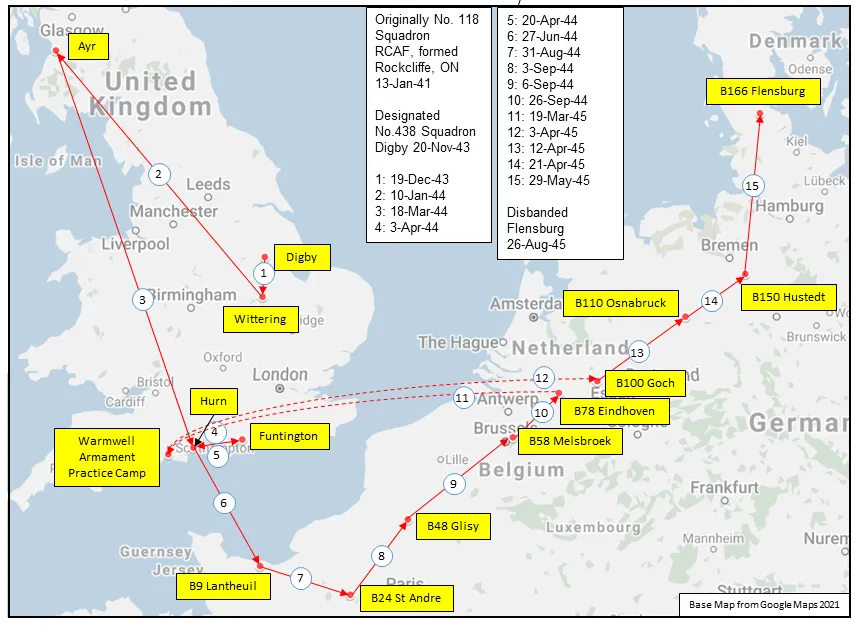
MAP 1: 438 Squadron Movements 1943-45 (right-click on image to display enlarged in new tab)
|
438 Squadron History Summary 1943-45
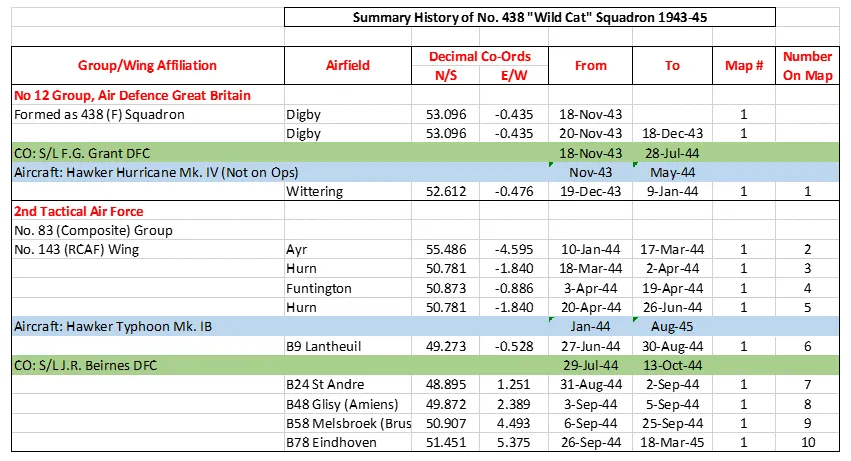
438 Squadron History Summary 1943-45 Page 2

History of the Squadron Post-WWII (Aircraft: Harvard, Vampire III, Silver Star, Sabre 5, Expeditor, Otter, Kiowa, Griffon)
The squadron was re-formed at St. Hubert, Quebec438 Tactical Helicopter Squadron is located at Saint-Hubert, Quebec. With a typical staffing level of 50 percent reservists and 50 percent Regular Force members, 438 Squadron typifies the Total Force concept. Equipped with CH-146 Griffons, 438 Squadron’s tasks include armed and unarmed tactical utility transport, training tactical helicopter aircrew personnel in basic and advanced aviation tactics, technical training of CH-146 ground crew personnel and flight engineers, and the periodic maintenance of CH-146 fleet aircraft. They also include as residual capabilities search and rescue, reconnaissance, and support to federal, provincial and local law enforcement agencies.
